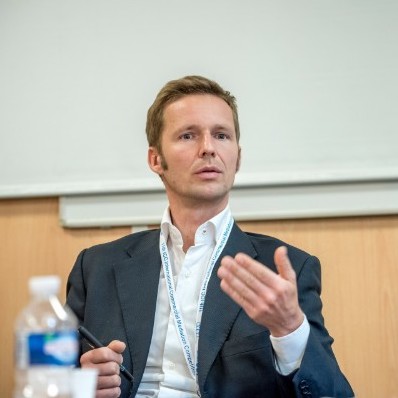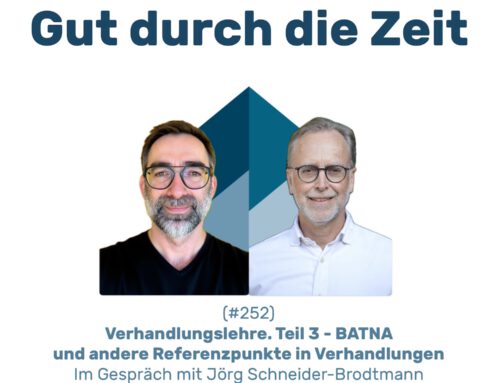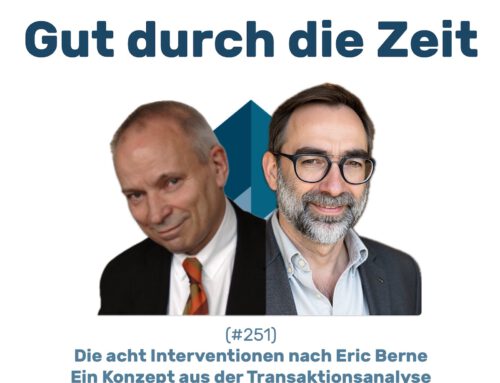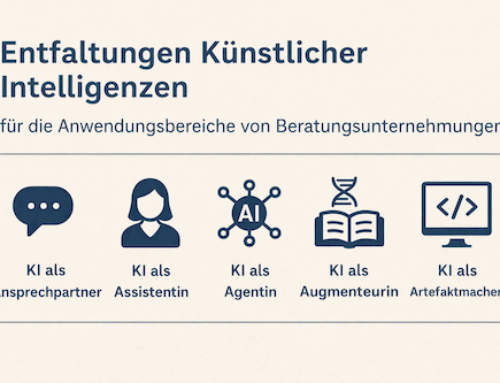INKOVEMA Podcast „Well through time“
#4 - Transformative Mediation
What transformative mediation is all about and which techniques are particularly important. In conversation with Christian Hartwig.
Well through time. The podcast about mediation, conflict coaching and organisational consulting.
Christian Hartwig, mediator and trainer of the German Mediation Association and certified by the US Institute for the Study of Conflict Transformation, founded by R. Bush and J. Folger, explains what transformative mediation is, which techniques are important and whether there are limits to this approach to conflict mediation. From the U.S. American „Institute for the Study of Conflict Transformation“ (ISCT) He is certified as a Transformative Mediator™ and is the Institute's contact person for the application and dissemination of the method in German-speaking countries.
Contents:
Transformative Mediation (TM):
Basic assumptions, purposes, objectives, techniques and tools
- Differentiation between transformative mediation and problem-solving orientated mediation (incl. Harvard negotiation concept according to Fischer/Ury and non-violent communication according to Rosenberg)
- TextbooksPromise of Mediation by Bush/Folger (1994) and others.
What makes TM special?
- Do not set an agenda, but Follow the dialogue between the partiesI.e. hold up the map with all the topics they draw during the conversation and make sure that only the parties decide what is discussed, when and how.
- The mediator's main focus is on Recognising and offering opportunities for empowerment (self-empowerment) and Recognition (Recognition) Shifts. Shifts are characterised by the increasing ability to make good decisions and give mutual recognition.
- The aim is to Improving the quality of communication (from destructive to constructive).
- Four effective intervention techniques:
- Mirror (Complete reproduction of the statements)
- Check-in means, Make decisions about the content (e.g. how they said or meant something) as well as about the course of the conversation (what happens next?) visible and ensure that only the parties make these decisions.
- Summarise of the topics on which there is disagreement and agreement and reproduction of the respective party statements on the controversial topics.
- Take out, Take back (Letting go, taking oneself out when the interaction takes on a constructive character and the parties begin to respond to information from the other party, to follow up, etc.).
Basic assumption of transformative mediation:
We don't like ourselves in conflict, reject ourselves and the other person and do things that we don't actually like. Conflict destabilises us and impairs our ability to make good decisions and take the other person's perspective. But that is exactly what we want and can do. A non-directive attitude on the part of the mediator, combined with appropriate interventions, strengthens self-determination and dialogue and offers a suitable space for transforming conflicts.
The limits of transformative mediation?
What are the limits for this type of mediation in practice? The limits are basically determined by the parties themselves. The fact that the parties themselves determine the content and course of the sessions means that the outcome is highly self-determined. Mediations often end with a joint agreement, but it is precisely the increased level of understanding of the different points of view that is of great value. Even if major differences still exist or new ones arise, the parties are once again able to deal with them constructively.





Leave A Comment